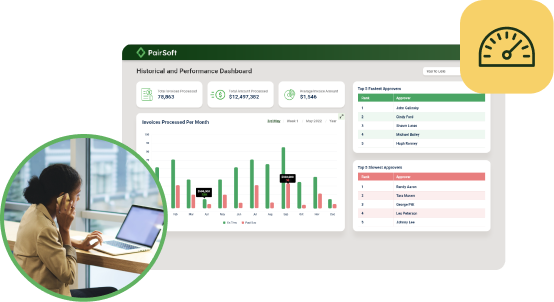The term “strategic sourcing” receives a lot of attention and generally refers to a process of developing supply channels at the lowest total cost, not just the lowest purchase price. It is a broad and far-reaching subject, with certification programs and even degree programs available to teach the specifics.
While a comprehensive look at the development and implementation of a strategic sourcing plan is beyond the scope of this article, we can look at the key elements of strategic sourcing, and apply them to the tactical day-to-day tasks that your procurement department engages in every day—tasks like sourcing items and negotiating pricing and terms.
In our continuing series covering basics of procurement, we identify what strategic sourcing means and how you can use it strategically when identifying sourcing, pricing, and terms in your company’s procurement cycle.
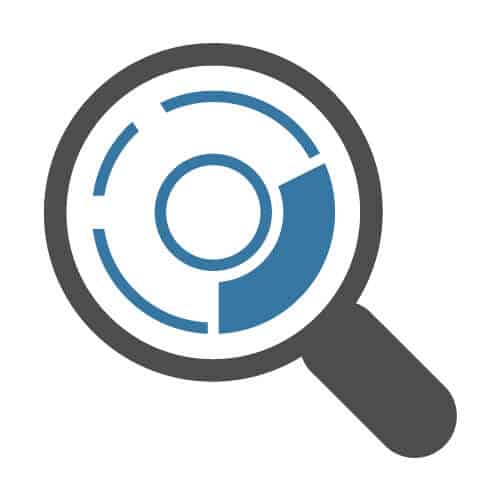 Identify multiple suppliers
Identify multiple suppliers
Identifying more than one qualified supplier for a product or service may sound obvious, but it’s still an important consideration. Having multiple qualified suppliers provides options when one vendor runs low on stock, or unexpectedly raises prices, or can’t deliver within your time frame. With more options, you are in a better position to negotiate the most competitive prices and terms.
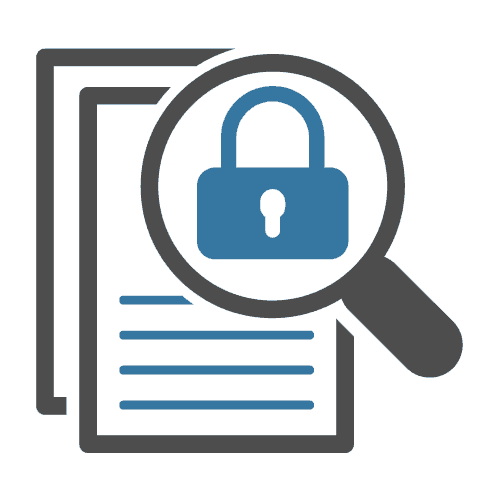 Consider master contracts
Consider master contracts
Whenever possible, consider issuing a master vendor contract to your major suppliers, so that they are contracted to supply your products at the prices and terms agreed.
With a vendor contract in place, you can track committed amounts and quantities against the master contract, and manage the approval process should those limits get tested.
 Nurture supplier relationships
Nurture supplier relationships
It’s easy to think of vendors simply as the necessary intermediary between you and the products and services you’re procuring—a combative relationship where your goal is to pay the lowest price and theirs is to charge the highest. But when you think of your suppliers as partners in your business, the relationship becomes more collaborate than combative.
In a partnership type of relationship, you can encourage the vendor to increase quality and service, and the vendor knows that by doing this they will see a renewed contract with guaranteed sales.
To build partnerships, start by negotiating fairly and openly, paying them promptly according to terms, strategizing with them about sourcing new items, sharing your purchasing forecasts, and asking for their recommendations for ways to lower costs.
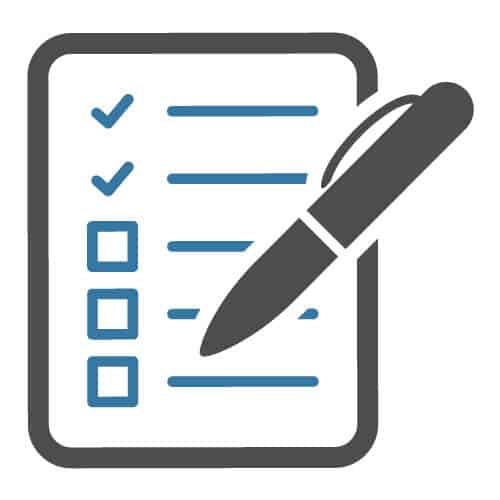 Develop preferred supplier/product lists
Develop preferred supplier/product lists
In general, the fewer suppliers you deal with, the lower your overall costs will be. By consolidating your purchases with a smaller number of suppliers, your buying power increases, enabling you to negotiate the best possible pricing and terms.
In addition, procurement and supplier management costs are reduced when you have fewer suppliers to manage. Once you’ve negotiated pricing with your preferred suppliers, arrange the items into catalogs or shopping lists to make it simple for employees to locate the right items.
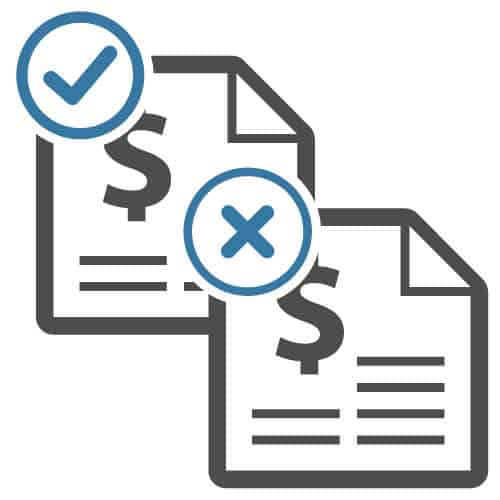 Centralize purchasing
Centralize purchasing
Centralizing purchasing tasks across your organization also serves to lower overall costs. With higher transaction volumes, your buying power can be fully leveraged, and here again, you’ll lower procurement and supplier management costs by consolidating the purchasing function.
 Incorporate technology
Incorporate technology
Technology has a leading role to play throughout the procurement process, including sourcing. Technology tools such as eProcurement software empower you with the functionality, workflows, and controls to design and enforce your strategic sourcing strategies.
 Smart sourcing
Smart sourcing
Every dollar your company saves in procurement goes directly to the bottom line. A smart approach to sourcing, pricing, and terms systematically looks for savings at every touchpoint, providing the company with a competitive advantage. We’ve just scratched the surface of a complex topic here.
If you have questions about how to make your company’s procurement cycle a strategic part of the operation, contact us.


 Identify multiple suppliers
Identify multiple suppliers Consider master contracts
Consider master contracts Nurture supplier relationships
Nurture supplier relationships Develop preferred supplier/product lists
Develop preferred supplier/product lists Centralize purchasing
Centralize purchasing Smart sourcing
Smart sourcing